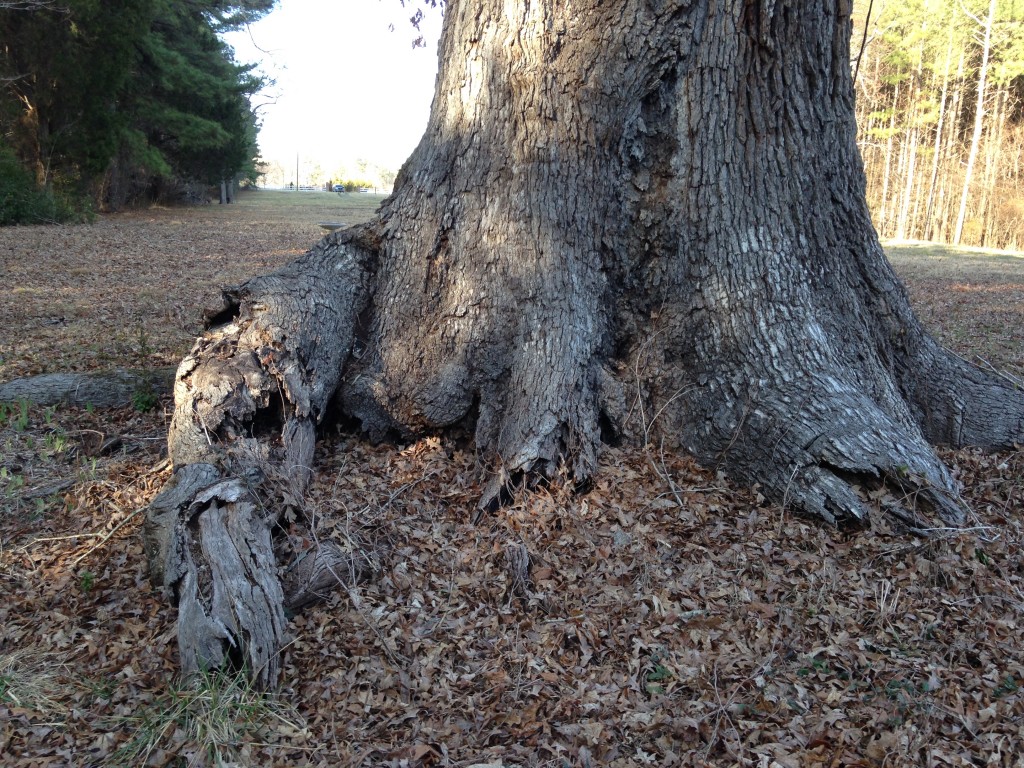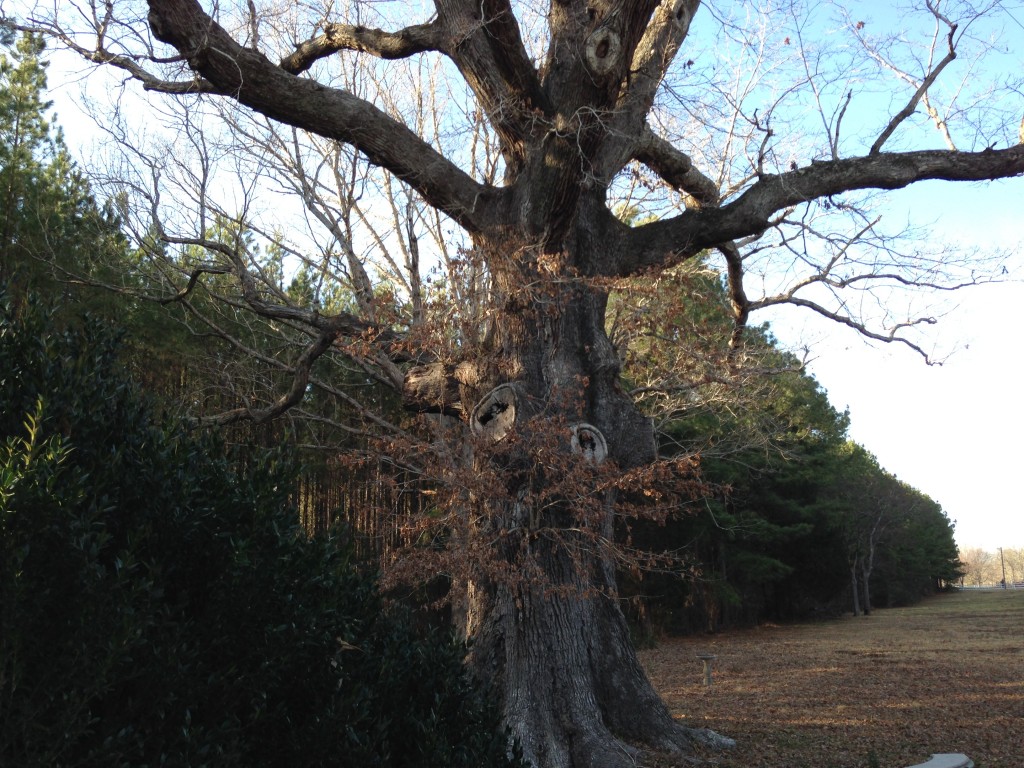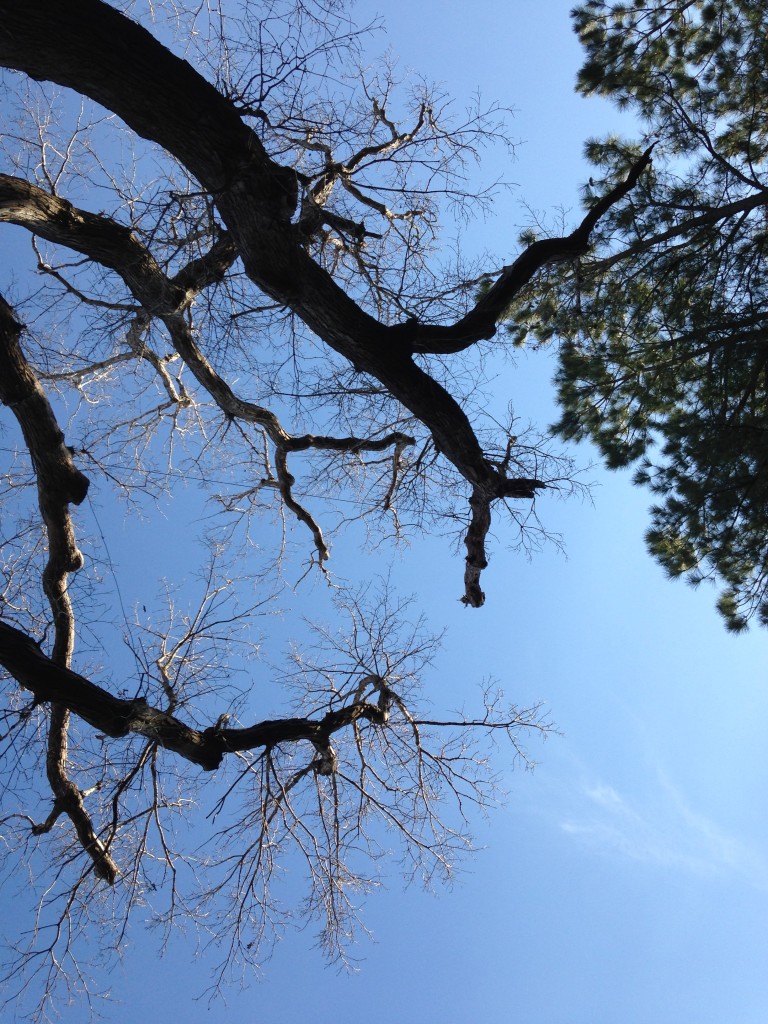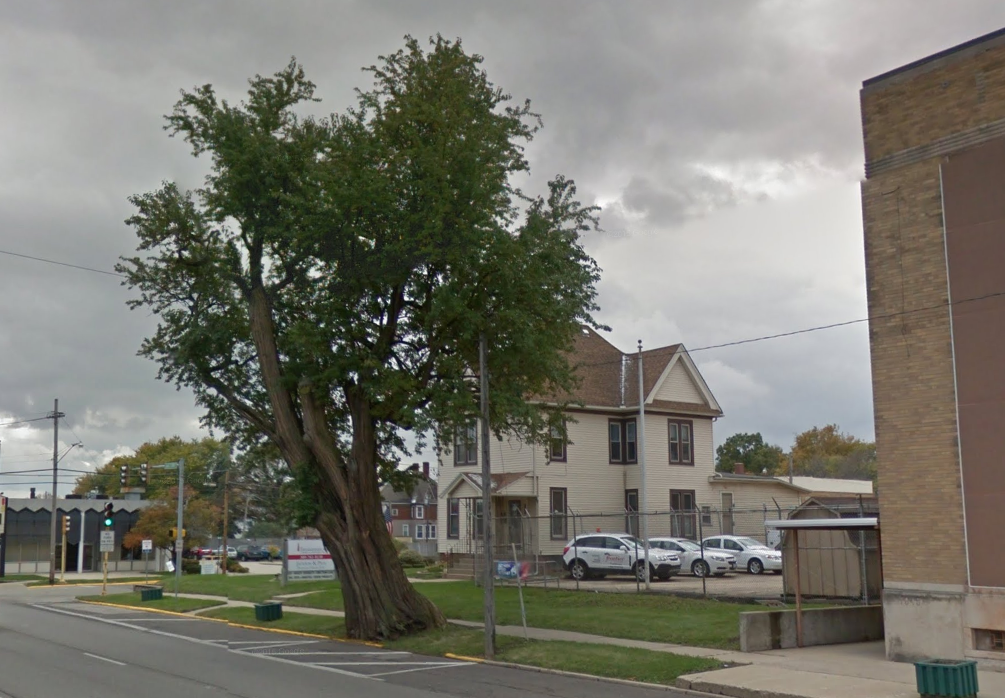




Promoting the story of historic trees and the work done to preserve them.
I gathered with some amazing arborists from around the world at this year’s ISA Biomechanics week. This time, many of the studies focused on pull tests, while other studies involved root architecture and the crown of the tree. There was a great spirit of cooperation among researchers, technicians, and support staff – almost like a summer camp for adult arborists.
Thanks to ISA, Davey, and other sponsors and of course the participants for advancing arboriculture, one research study at a time.
Above: These buttress roots were sliced in 2010. The tree has responded by snaking new root downward into the earth.
Above: A tree grows within the tree. The downward pith trail to a branch which has died, coloration forming a stem, but the decay is compartmentalized. The leftward pith trail runs out of juice. The pith trail to the right carries the dormant bud to the surface, awaiting awakening.
A historic Maclura tree overhangs U.S. 58 and Main Street in downtown Kewanee, Illinois, US. It had leaned over the street for decades. Following heavy rains in 2009, it started to lean more. Concerned about safety, city staff considered removing the tree. However, a group of citizens petitioned to retain the historic tree.
The citizens contacted Historic Tree Care to help preserve the tree. We specified reduction pruning, as seen in the image to the right with two goals: improve public safety and preserve the tree. The specified pruning locations are illustrated in the image to the right.
In February of 2010, city staff expertly made the specified cuts, which greatly mitigated the risk of failure. The city agreed with a follow-up plan to clean out dead wood and invigorate the root system.
The plan was set into motion just a few months later when we climbed the tree, removed dead wood and pruned it to further improve the structure. With most of the lean-causing load removed, the city considered the tree’s risk to be acceptable.
Volunteers periodically inspect the tree and inform us of its condition. With its renewed vitality and compact form, this tree’s stability and future are greatly enhanced. In fact, the Maclura stood up to a 70 mile-an-hour windstorm in 2012.
The Kewanee Maclura tree after pruning in 2010.
